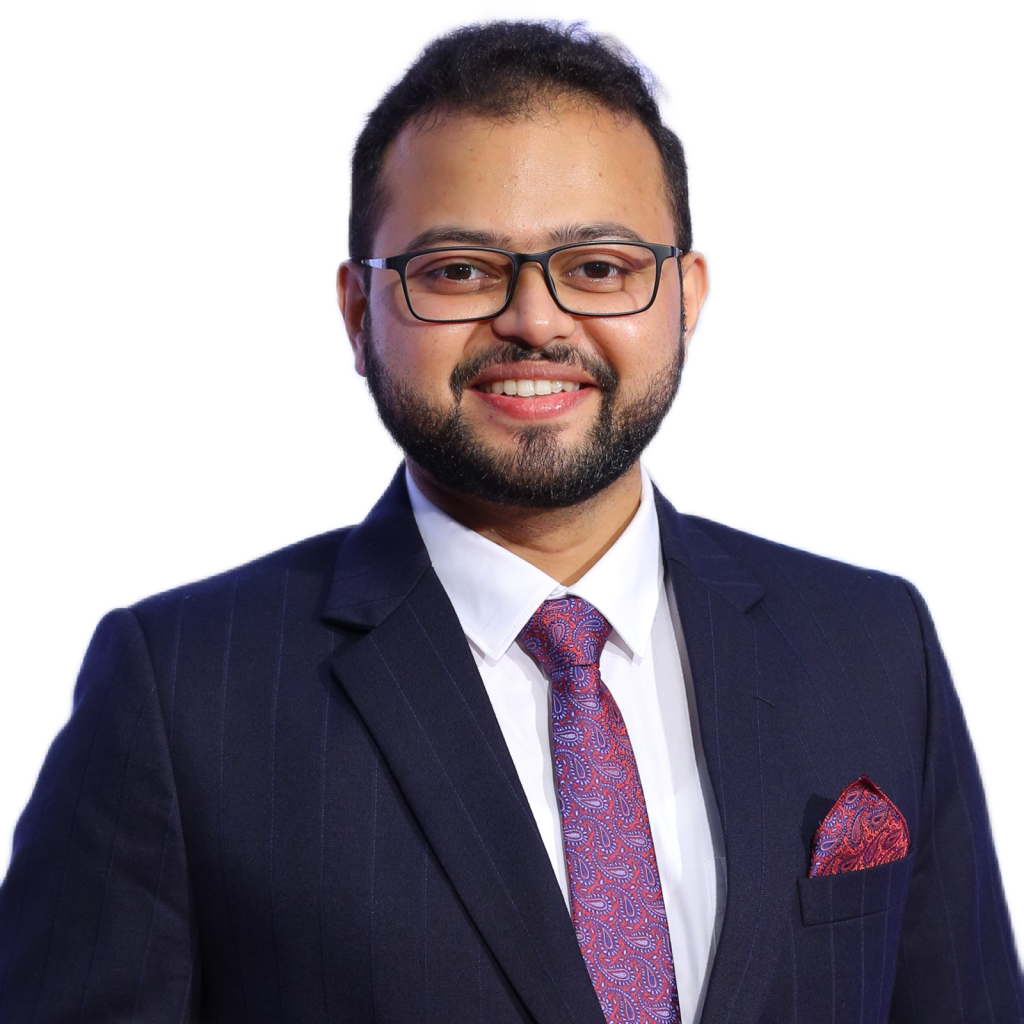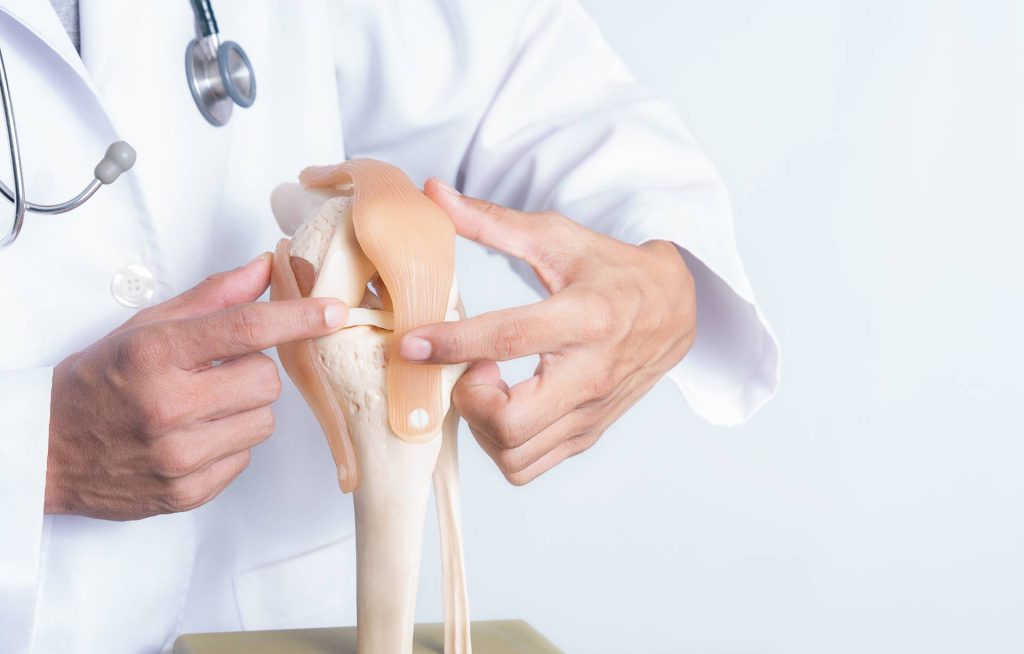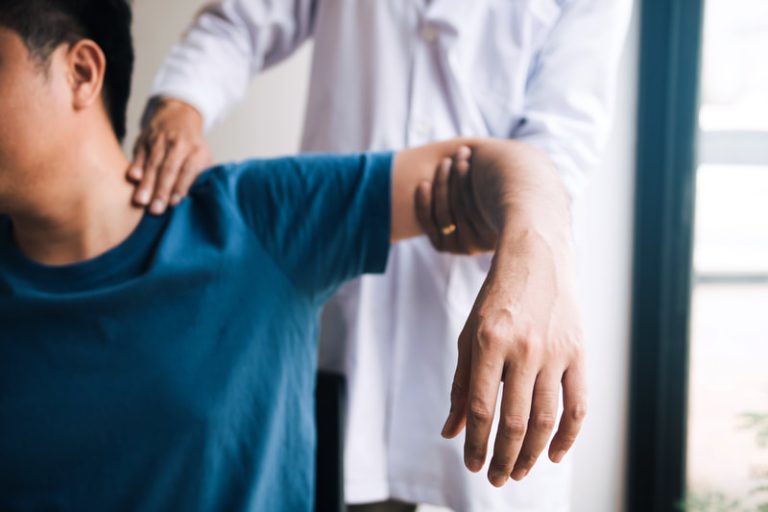Don't Let Joint Pain
Hold You Back

Dr. Amith Kamath
(MBBS, M.S. Orthopaedics )
Dr. Amith Kamath is an Orthopaedic and Trauma surgeon with 7 years of experience in treating fractures, age related orthopaedic problems such as arthritis and joint deformities , spine disorders such as disc prolapse, spine deformities, Sports injuries and polytrauma cases.
Dr. Amith Kamath is a Consultant at Unique Health Care Centre, Manipal Northside Hospital, HOSMAT Hospitals, Sparsh Hospitals, GM Hospitals, Blue Bliss Hospital, Supra Hospitals and Sanjeevani Hospital. He was earlier worked as Senior Resident, Orthopaedics in SDUMC Kolar and as an Assistant Professor in the Department of Orthopaedics at KIMS, Bangalore.
Educational Background: MS Orthopaedics – KIMS, Bangalore
MBBS – Sri Devaraj Urs Medical College, Kolar
Best Orthopaedic Surgeon in Bangalore

Our Orthopaedic Treatments

Why Choose Us?
Best & Trusted Orthopaedic Surgeon In North And West Bangalore
Dr. Amith Kamath name comes into the consideration of best and trusted orthopaedic surgeon in west Bangalore. His work is completely professional and he promises to deliver his work in time and within the specified budget. His work is customized to suit the needs of the client and this gives him a better edge over his clientele. His tailor based service approach makes it easy to go within the specified budget while still keeping up with his scientific and evidence based treating strategy. His work speaks for itself and his dedication to provide best in class treatment makes it a compatible for all patients across Bangalore. Expert in the treatment of all types of fractures including complex fractures. Trained with the most Senior Surgeon in Orthopaedics with expertise in Deformity correction, Joint Replacement Surgery, Sports injuries and Pediatric Orthopaedics.
What Client Say

PCB
My experience with Dr Amith Kamath has been outstanding. He is empathetic and compassionate. He always spends adequate time to understand the situation as well as to explain his diagnosis and recommendations. These qualities ensure that he wins the trust of his patients (and their care givers) in the very first interaction. Our Society needs more Doctors like him. Thank you very much for everything, Doctor. My very best wishes to you.

Girish Koppar
Dr. Amith Kamath is an extraordinary intelligent Doctor with human values and very simple. Nice advice, hardly find such non commercial Doctors in this era. Apart from dedication , he also has slight wit which impressed my father more resulting in great relief from stress while chatting with him. May God bless him and best wishes for the future.

Nithya suresh
I recently injured my ankle and contacted Dr. Amith for the same. Despite it being short notice, he was able to reach me immediately and performed emergency surgery due to a bimalleolar fracture that I had sustained. It was a hassle free experience with Dr. Amith being very understanding, professional and patient. I would definitely recommend Dr.Amith for all orthopedic issues.

Deepa Krishnan
Dr Amith has been a true blessing to our family . He is friendly, warm and an extremely knowledgeable orthopaedic who can make any pain go away.
A doctor who treats his patient with the best possible non invasive treatment and doesn’t recommend surgery as soon as there is a fracture or any severe Ortho issue . This has been a personal experience for both my parents over the last 3 years and the way they have healed from their injuries.
Thank you Dr Amith for being such an excellent Orthopaedic. I highly recommend Dr Amith to anyone who seeks a good Orthopaedic

Sunitha G
My grandmother is 85+, she fell and had a head of femur fracture. I am glad that we reached out to Dr Amith for surgery. He was very kind and professional, we had a hasle free experience through out the treatment and surgery at hospital. He was very approachable and responsive. My grandmother is discharged from hospital after 2 days of surgery, pain has reduced and she is able to sit with support. I am sure she would be fine to move around in few weeks.
Thanks a million to you sir, we are very grateful to you!!!

Sharath Shivarajan
My experience with Dr. Amith Kamath has been nothing short of extraordinary. His deep understanding and knowledge in treating spine issues are evident, making him a standout healer. What sets Dr. Kamath apart is not just his expertise but also the genuine care he extends to his patients. He goes beyond the conventional approach, taking the time to listen, explain every detail, and ensure a thorough understanding of the treatment process. Dr. Kamath's compassionate and patient-centric approach has not only healed my spine issues but has also positively impacted my life.
Grateful for a doctor who seamlessly blends expertise with empathy – highly recommended!

Sharanya bhaskar
Dr. Amith was very easily approachable with any kind of health related questions. He was able to visit at the very short notice of time and gave recommendations about pre surgery and post surgery treatments. He walked me and my family throughout the process of hip replacement process with all good recommendations which was very helpful through my dad’s surgery. I would recommend Dr. Amith to be counted on for any diagnosis and surgeries. Personally it was a very smooth process for me and my family while working with him.
Our Blogs
Help & FAQS
Frequently Asked Questions
Contact Us



